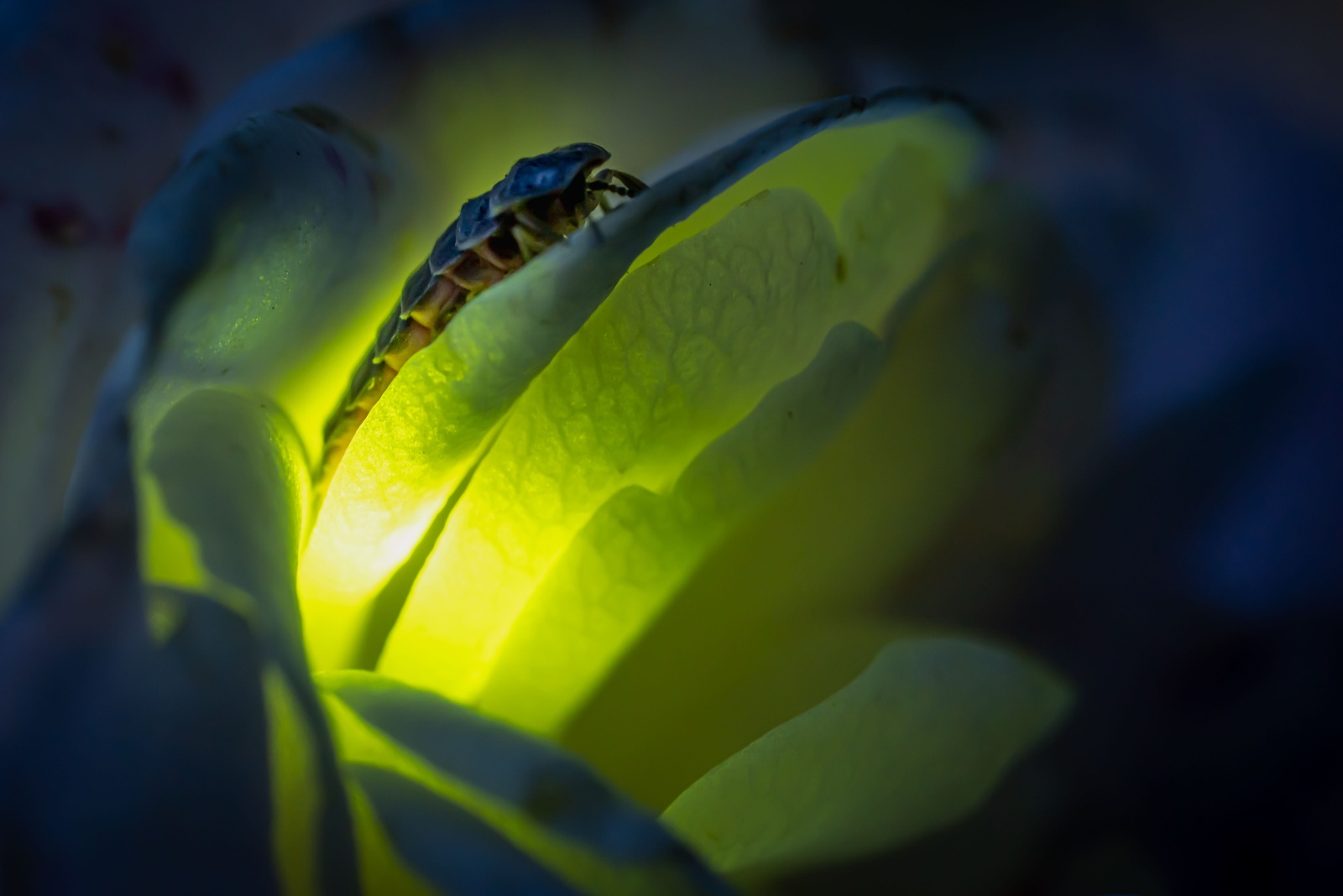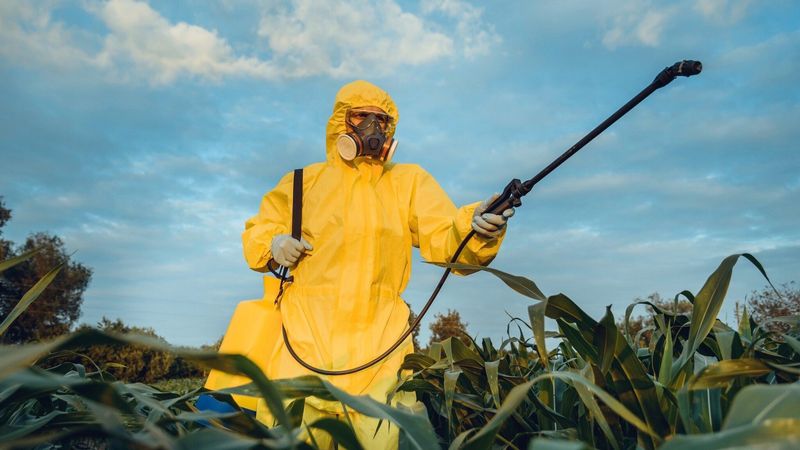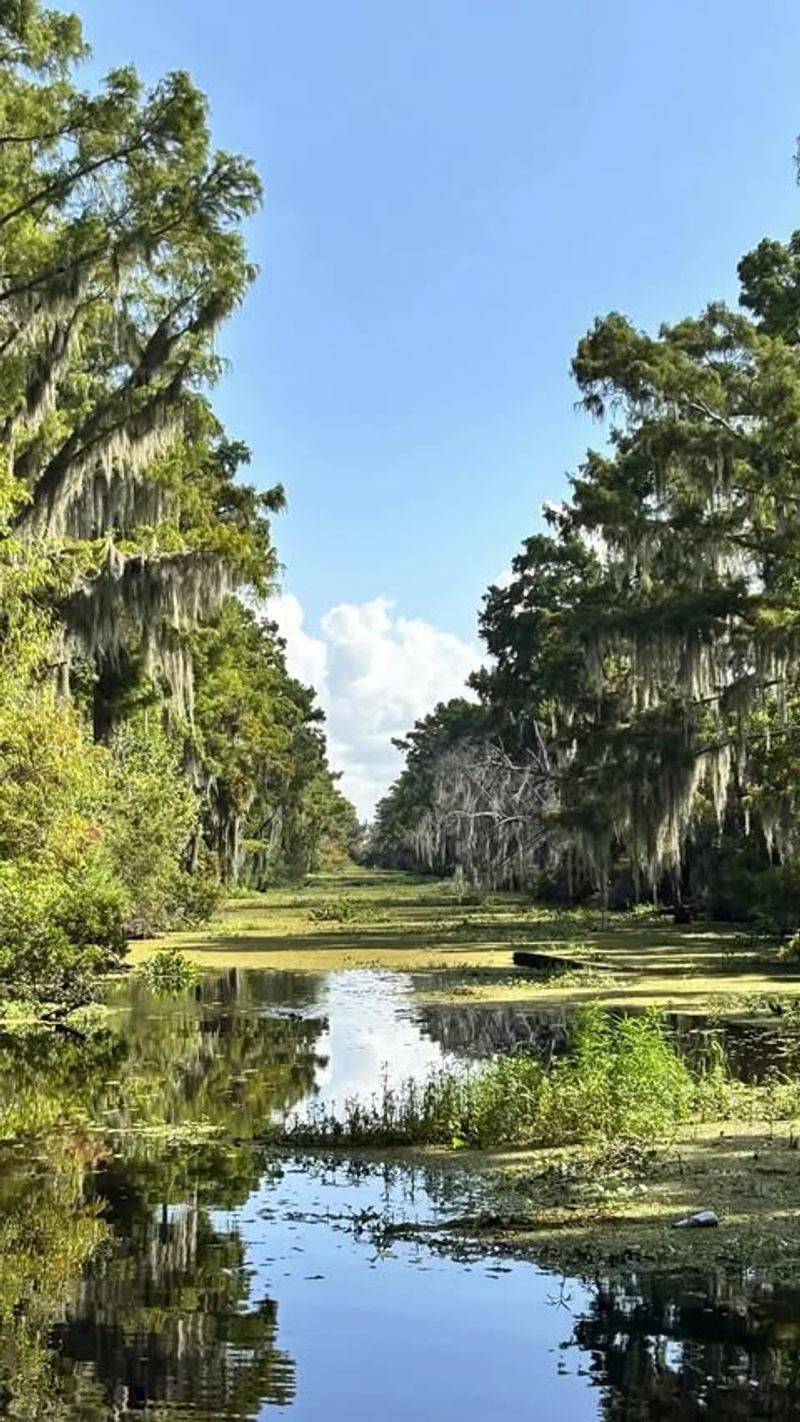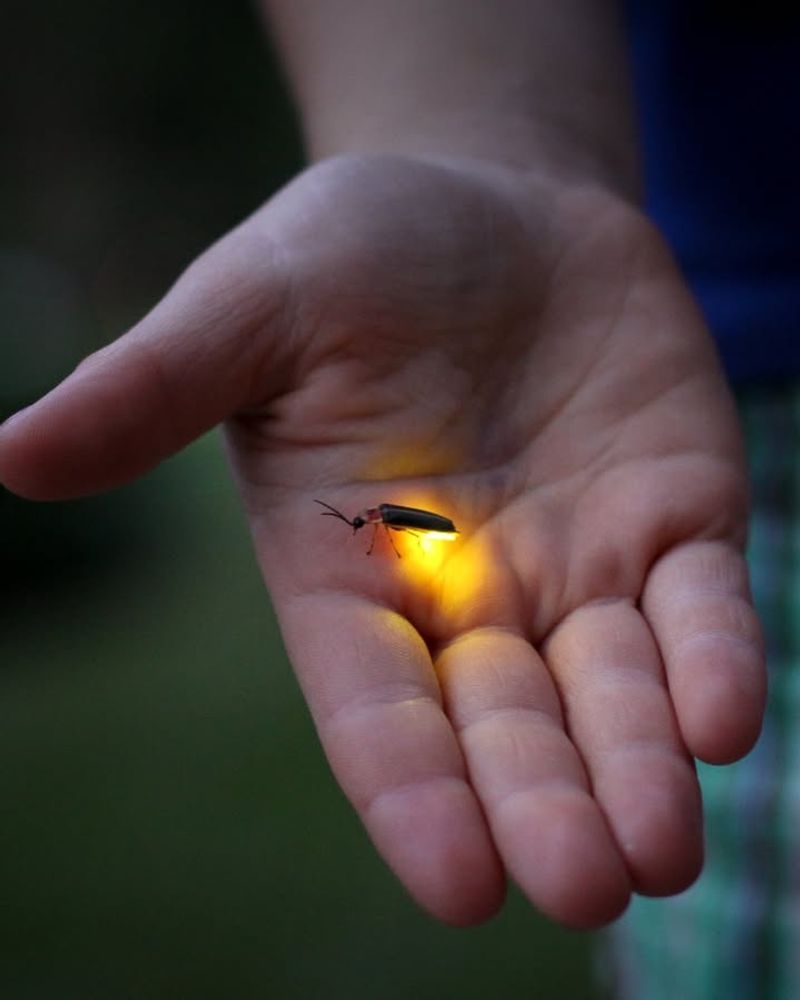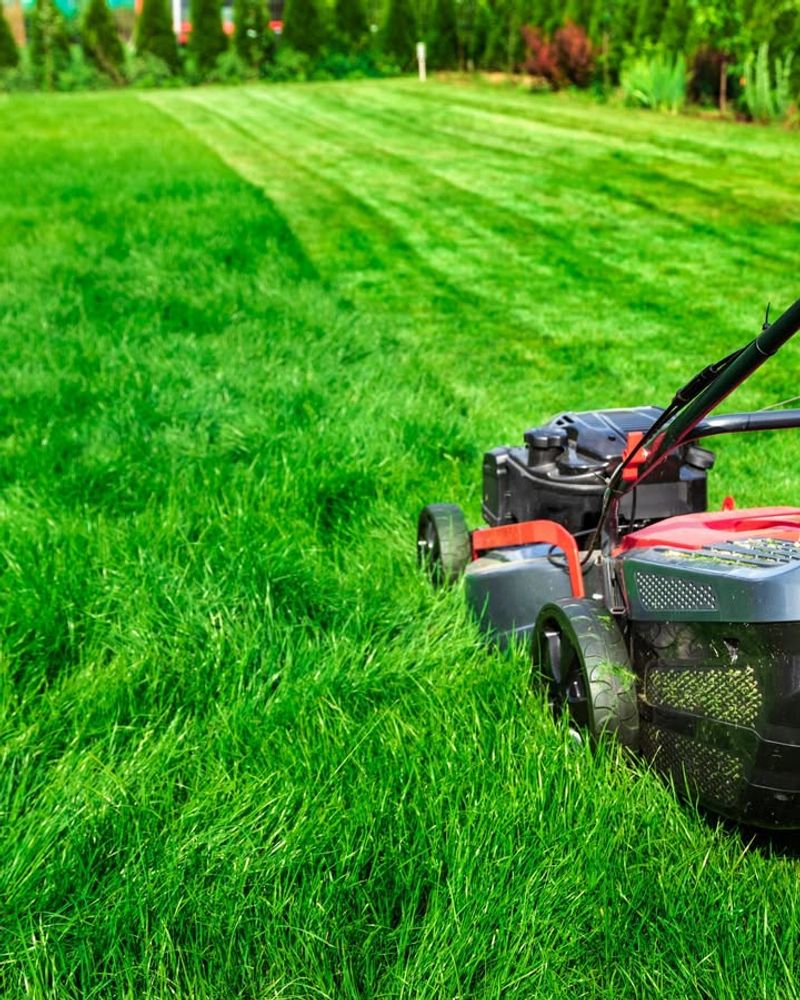Remember those magical summer nights when fireflies lit up Louisiana’s backyards like tiny floating lanterns? Sadly, those glowing bugs are becoming harder and harder to find.
Scientists have noticed that firefly populations are dropping across the state, and this isn’t just bad news for nature lovers—it’s a warning sign about our environment’s health.
1. Light Pollution Disrupts Their Glow
Streetlights, porch lights, and glowing signs from cities and towns are drowning out the fireflies’ natural light show. Male fireflies use their flashing patterns to attract females, but all that artificial brightness makes it nearly impossible for them to see each other’s signals.
Imagine trying to find your friend’s flashlight signal at a concert with thousands of spotlights—that’s what fireflies face every night. When they can’t communicate properly, they struggle to find mates and reproduce.
Reducing outdoor lighting at night can help these beetles find each other again.
2. Pesticides Poison Their Habitat
Chemical sprays used to kill mosquitoes and lawn pests don’t just target annoying bugs—they harm fireflies too. Many Louisiana homeowners and farmers use pesticides regularly, not realizing these chemicals stick around in the soil and plants where firefly larvae live.
Baby fireflies spend up to two years in the ground before they can fly and glow. During this time, they absorb whatever’s in their environment.
Choosing natural pest control methods protects fireflies while keeping your yard beautiful and healthy for everyone.
3. Wetland Loss Destroys Their Homes
Louisiana’s swamps, marshes, and wet meadows are disappearing fast due to development and coastal erosion. Fireflies need moist environments to survive because their eggs and larvae require damp soil to develop properly.
When wetlands get drained for shopping centers, parking lots, or housing developments, fireflies lose the only places they can call home. Without these special habitats, entire firefly populations vanish within just a few years.
Supporting wetland conservation efforts helps preserve homes for fireflies and countless other Louisiana wildlife species.
4. Climate Change Alters Their Life Cycle
Warmer temperatures and unpredictable weather patterns are throwing fireflies’ internal clocks completely out of whack. Fireflies emerge at specific times each year based on temperature and rainfall, but climate change has made Louisiana’s seasons less predictable.
When spring arrives too early or summer droughts last too long, fireflies might emerge when food isn’t available or when it’s too dry for their survival. Mismatched timing means fewer fireflies successfully complete their life cycles.
Even small temperature changes can dramatically impact these sensitive insects.
5. Lawn Mowing Eliminates Hiding Spots
Perfectly trimmed lawns might look neat, but they’re terrible for fireflies. Short grass offers no shelter for firefly larvae, which need leaf litter, tall grasses, and undisturbed ground to hide from predators and stay moist.
When people rake away every fallen leaf and mow their entire yard weekly, they’re essentially evicting fireflies from the neighborhood. Creating unmowed sections with native plants gives fireflies safe spaces to grow and thrive.
Letting part of your yard grow wild benefits fireflies tremendously.
6. Development Fragments Their Populations
Roads, buildings, and shopping centers are slicing Louisiana’s natural areas into tiny isolated patches. Fireflies need large connected habitats to maintain healthy, diverse populations that can survive challenges like disease or bad weather.
When firefly groups get separated by development, they become stuck in small pockets with limited genetic diversity. Isolated populations are more vulnerable to extinction because they can’t mix with other firefly groups.
Protecting wildlife corridors helps fireflies travel safely between habitats and strengthens their overall survival chances.

